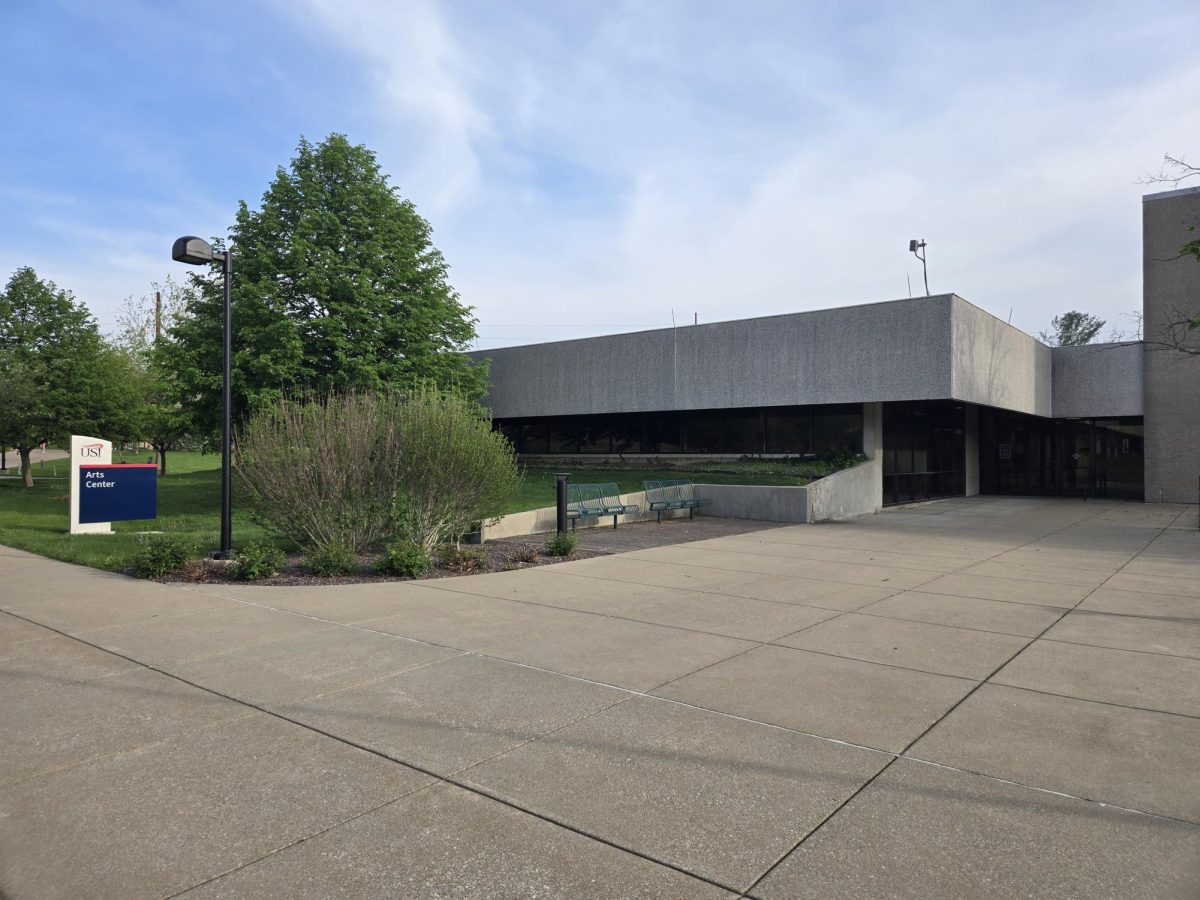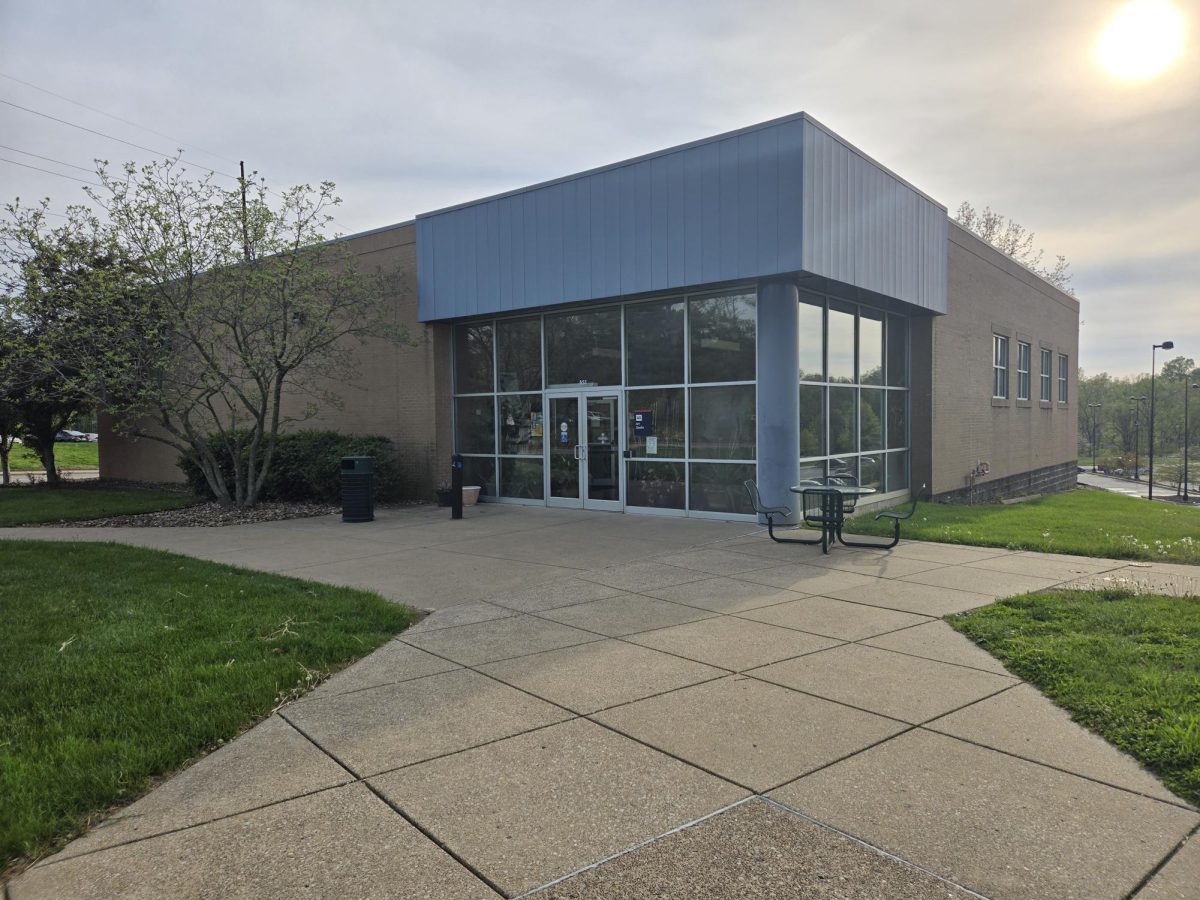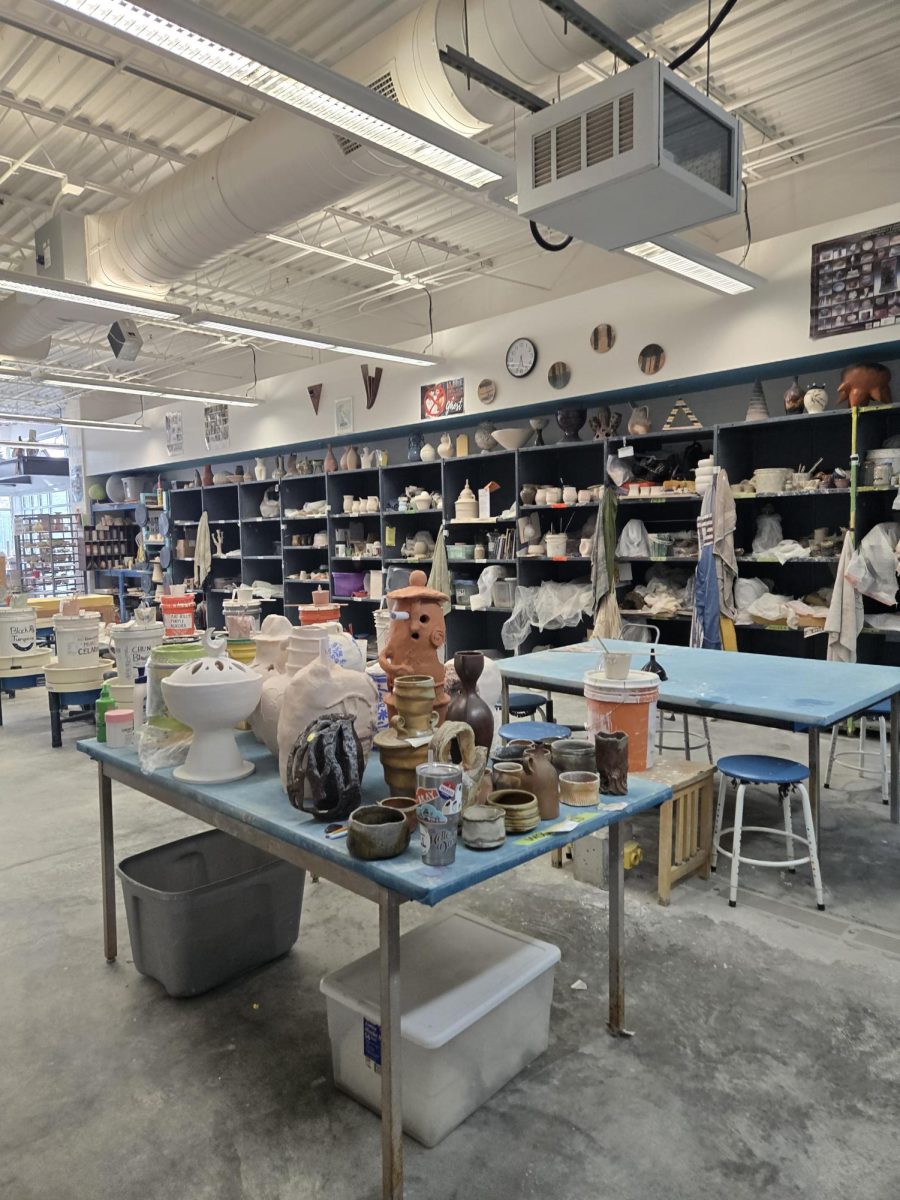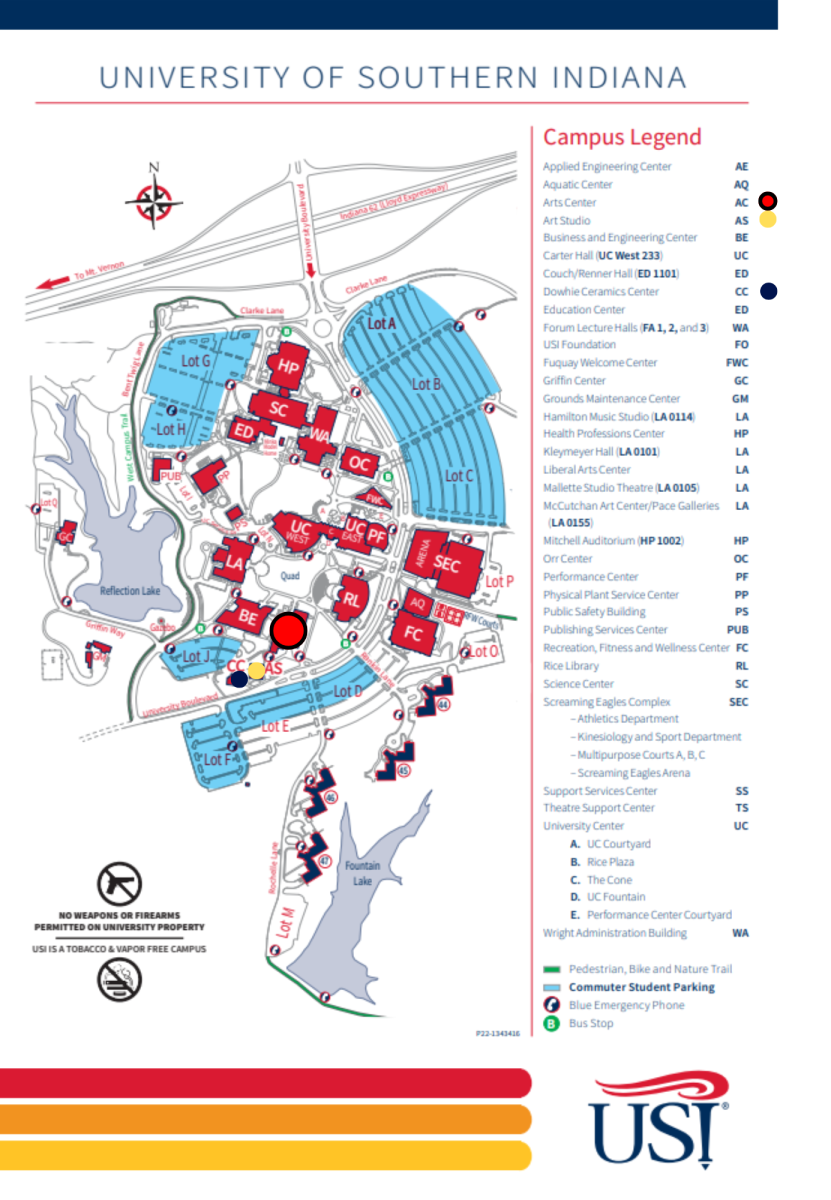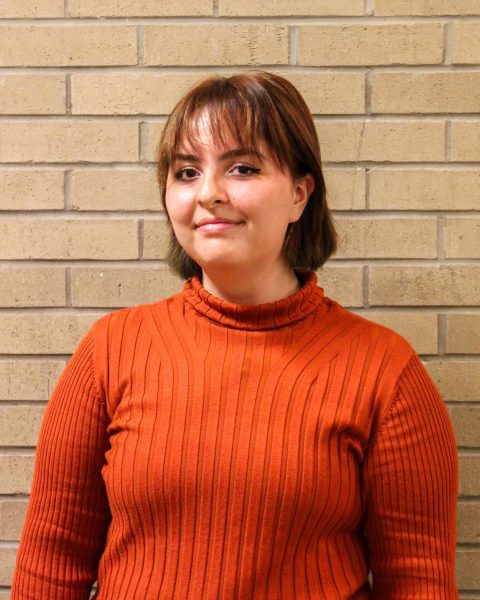Yesterday I stepped out of the Arts Center, still haggard from Last Wet Clay Day, to take pictures of the building for this article. The title Last Wet Clay Day sounds a little absurd, but to simplify it grossly, it is the last day we can work with clay. For the rest of the semester, we’ll focus on getting what we’ve made into and out of the kiln.
Maybe it was the sunlight, the headache or the fatigue, but seeing everyone milling around on the Quad, I realized just how secluded art students are. I can’t say I have ever felt anything close to pride when I’ve worn my Crocs in public. So on days when I am a walking clay dust cloud or still wearing my painting smock (that I also use as a rag) to get an energy drink from the vending machines, it is a little nice that the only people who can see me in this sorry state are people who know just how exhausted I am feeling and how determined I am to meet deadline.
But whenever a new semester starts, or I encounter other majors, I am reminded that there are plenty of people who don’t even know that there are multiple buildings that art classes are held in. Mainly by the influx of students that wander into the Art Studio looking for Al (this will make sense later).
I know the timing of this article is probably off, if you’re returning instead of graduating you’re probably thinking about the next fire that you have to put out, but this article is in our last newsletter of the year. It’s probably our best chance to ensure that people have this information before classes start.
What I mean is, if you’re that student who signed up for an art class without knowing where it was and told yourself, ‘I’ll figure out where that is when the time comes.’ This article is for you.
If you’re an incoming student and you’re just getting the hang of where things are on campus, well, I sure hope you’re interested in art, because I can’t guarantee you’ll learn much else from this.
Arts Center
Visible from the Quad, the Arts Center is likely the best known of the three. It is also the largest and the only one that has multiple floors. I have previously written about it here.
According to Sara Christensen Blair, chair of the art and design department, this building houses the theatre department and the Art and Design department, with some notable exceptions. When in doubt, your class will probably be held here.
I will say, I have had art history classes that were in the Liberal Arts building, the David L. Rice Library basement and in the Arts Center, so for those classes in particular, I recommend paying close attention to the building listed.
Art Studio
The Art Studio is home to painting and printmaking. While anyone can access the Arts Center at most times, the Art Studio requires key card access, which students taking classes in it have. Don’t panic, if you are taking a class that requires key card access, which even some classes in the Arts Center do, like darkroom photography, you will get it eventually. Your professors should be prepared to let you into the building until you do.
Right behind it is the other exception that Christensen Blair spoke about, the Dowhie Ceramics Center.
Dowhie Ceramics Center
All of USI’s ceramics classes are taught here in the Dowhie Ceramics Center and they are taught by Al Holen, professor of ceramics. This building also requires keycard access. There is no other type of class taught here besides ceramics.
Logistics
I have annotated a map of the campus and included photos of the exteriors of these buildings from a bunch of different angles in case there’s a side of campus you are more familiar with and to hopefully help account for different starting points.
If you struggle with maps, like I do, hopefully the color coding and all the reference images will at least let you know when you’ve reached your destination. If you’re starting from the Quad, the big patch of grass in the ‘center’ of campus, the Arts Center, Art Studio and Dowhie Ceramics Center sort of form a line.
I hope this helps, and if it takes you a little while to get the hang of it, don’t beat yourself up, even students who have been here for years haven’t heard of some of these buildings.



